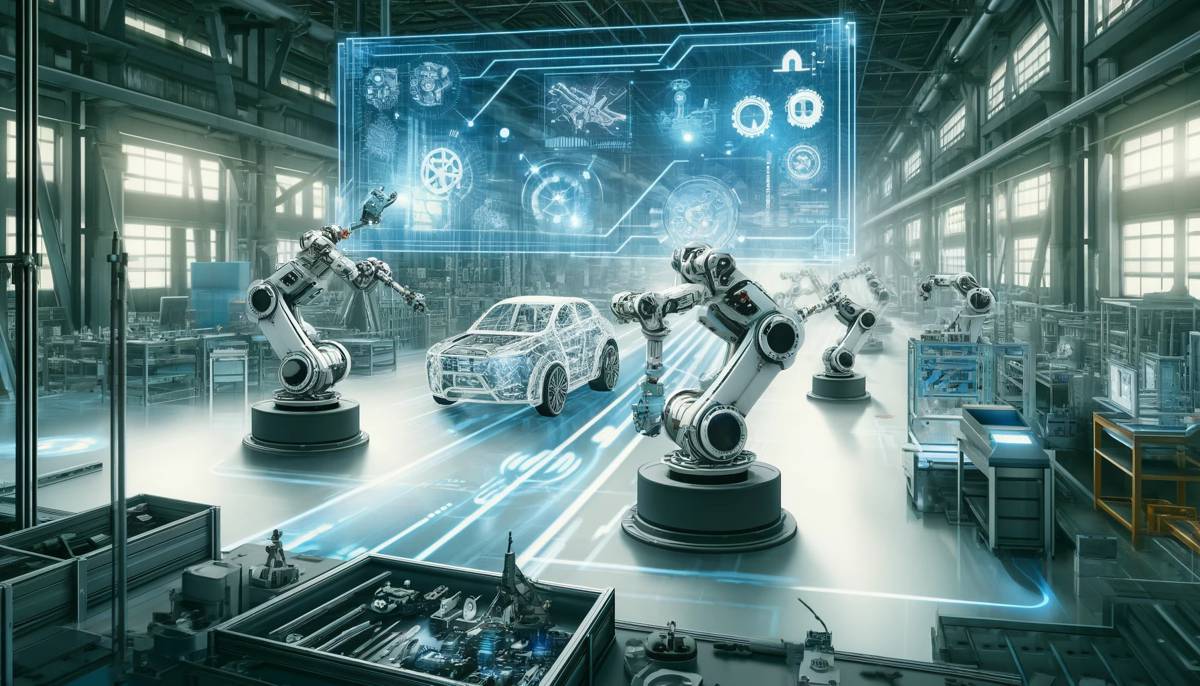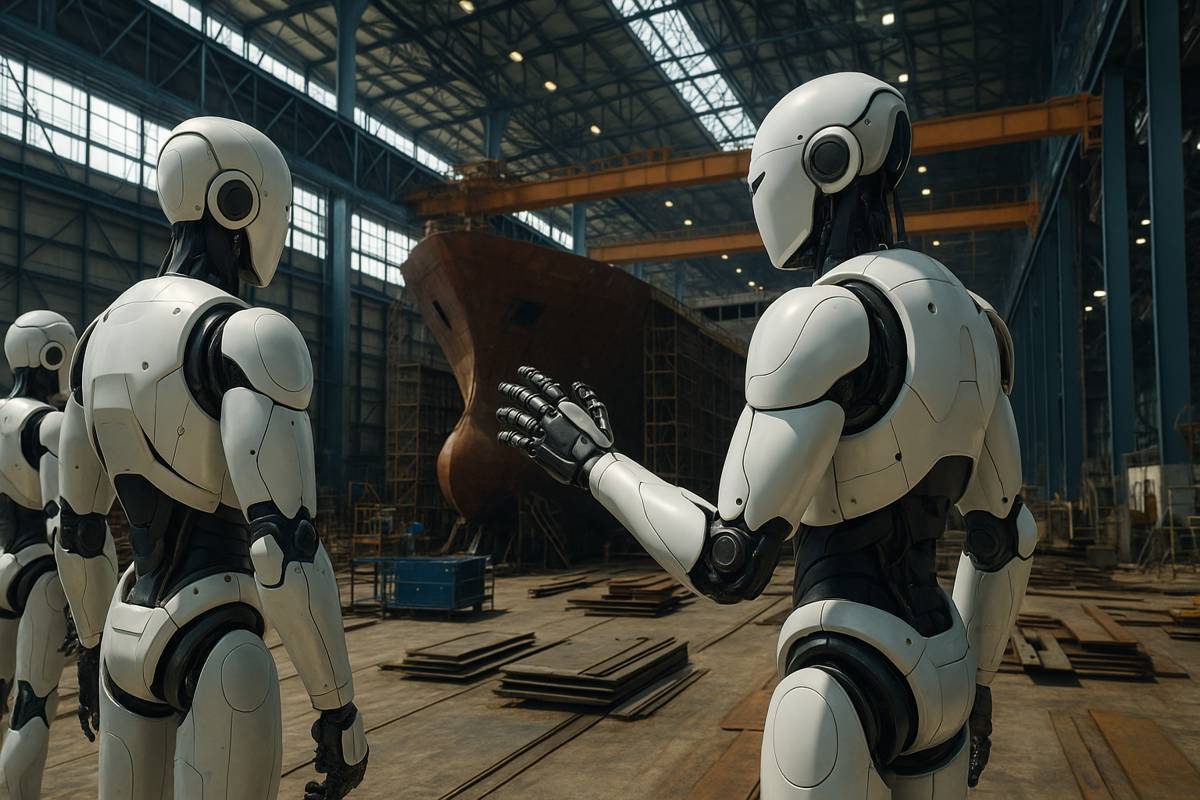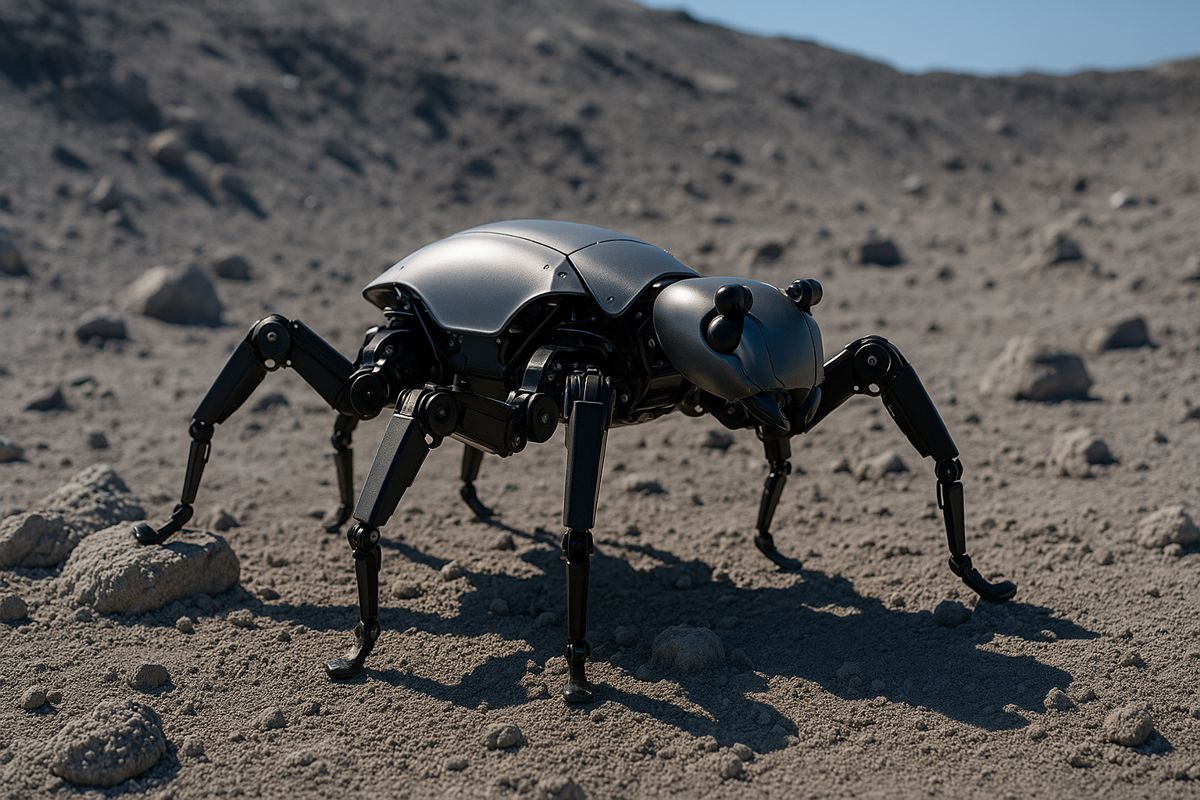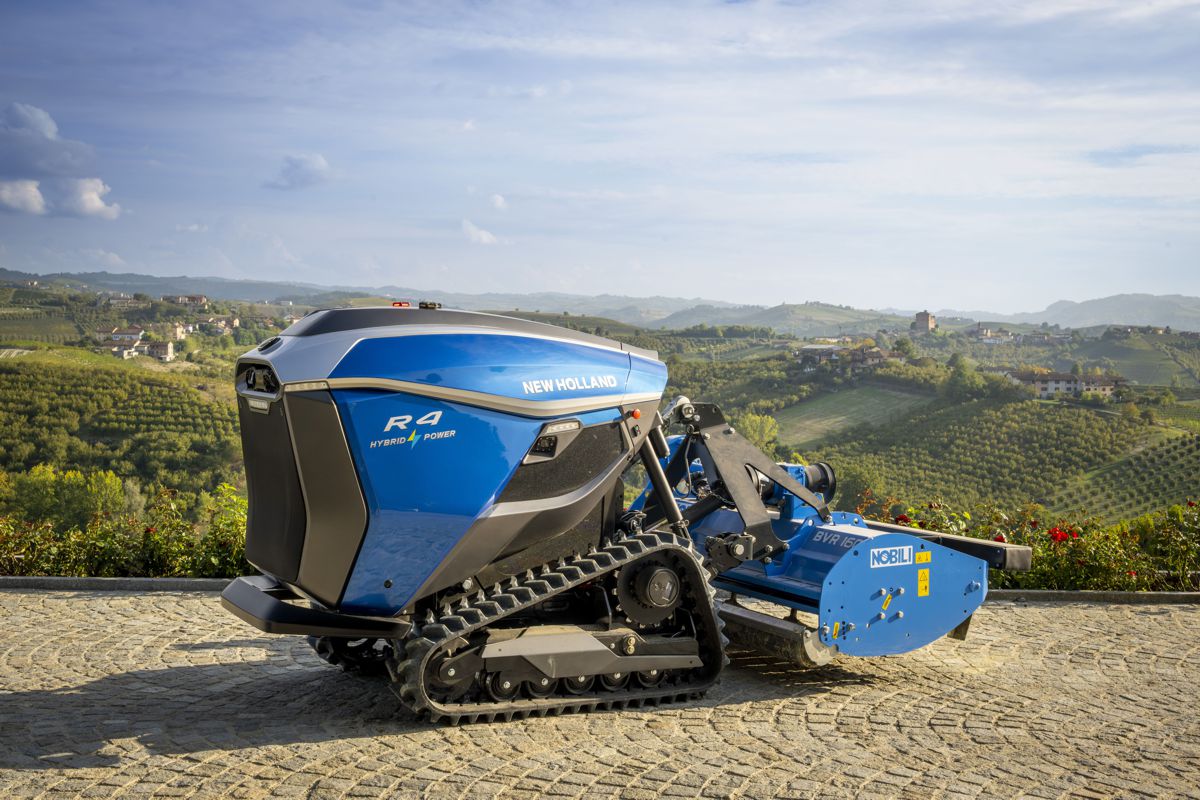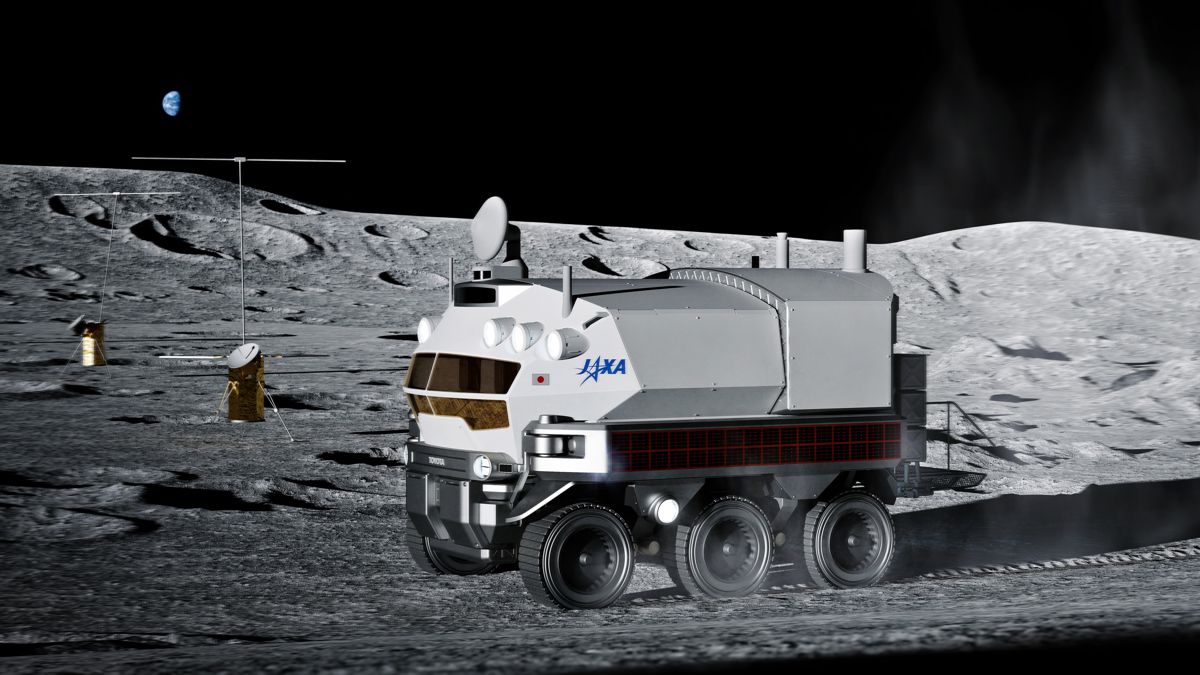Robots and AI an active part of future Manufacturing Sites
An AI (artificial intelligence) technology for robot work, which allows robots to be easily applied to manufacturing processes, has been developed for the first time in the world.
The newly developed technology can be used in a variety of processes such as the manufacturing of automobiles and machine parts, as well as assembly and production, and is expected to contribute to the improvement of the working environment at manufacturing sites in the future.
The research team led by Chang-hyun Kim, head of the Department of AI Machinery of the Korea Institute of Machinery and Materials (President Seok-hyun Ryu, hereinafter referred to as KIMM), an institute under the jurisdiction of the Ministry of Science and ICT, has succeeded in developing an AI technology for robot work that can be easily applied to manufacturing processes. The new technology is currently being applied to the manufacturing processes of electronic component producers. The research team plans to gradually expand the scope of manufacturers to which the newly developed technology can be applied.

The AI technology for robot work at manufacturing sites, which has been developed by the KIMM, is based on the “Large Language Model (LLM)” and virtual environment. This is a technology for understanding the user’s commands and automatically generating and executing the commands for the tasks that need to be performed by the robot.
Using this technology, task sequences and movements can be automatically generated via voice or text. The optimal work point for the site can be selected through pre-learning in a virtual space. Meanwhile, the technology also helps to minimize the work process and to automatically detect objects and avoid collisions.
Until now, when a robot is used for performing tasks at a manufacturing site, the site itself needed to be modified to suit the robot rather than the work environment or the object. Therefore, the scope of the tasks that can be performed by robot has been quite restricted. Moreover, while it is necessary to develop the technology that integrates various technologies related to the task at hand, such as the technologies for movement and recognition, only some of such technologies have been developed.
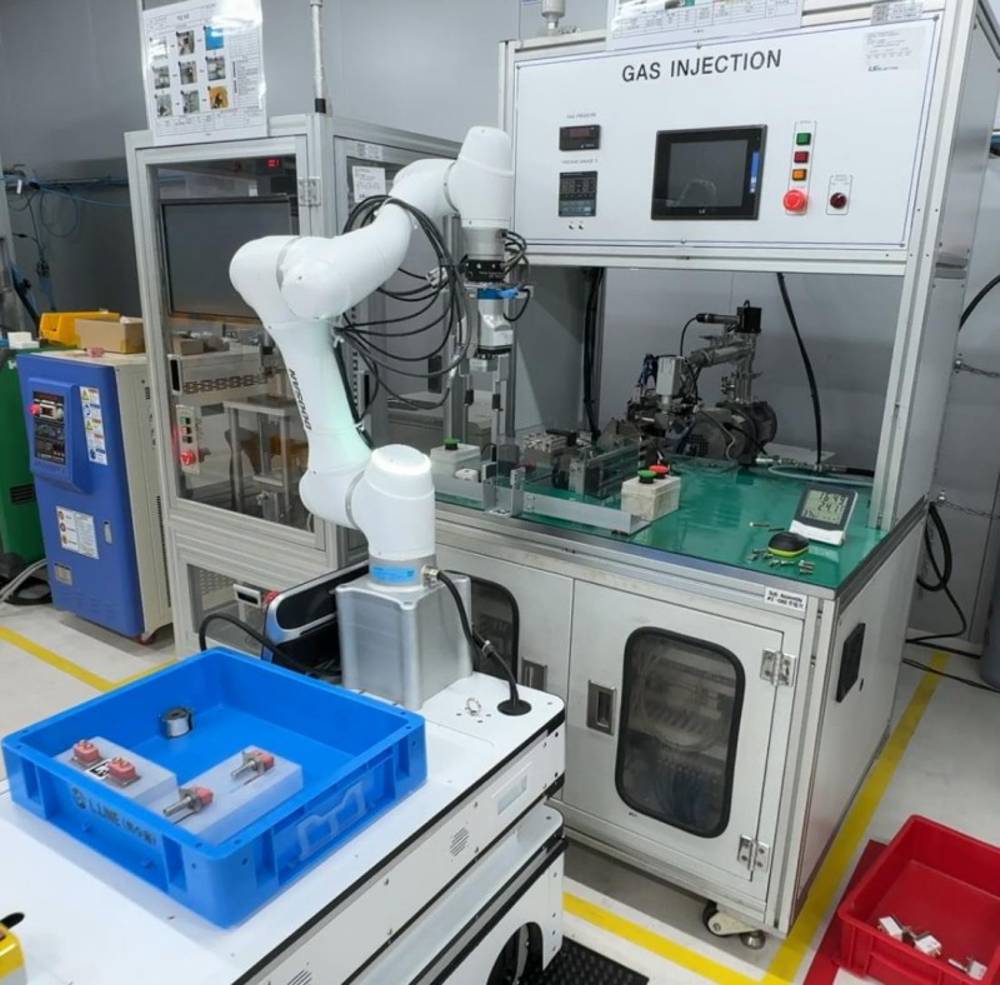
Recently, AI technologies such as LLM are being combined with robots and used for performing various tasks. However, it has been difficult to apply these technologies to actual sites, because tests are conducted only in a laboratory environment, not at the actual work site.
By using the newly developed technology, it is possible to specify the task to be performed by the robot. Moreover, by carrying out pre-learning in a virtual space, the robot is capable of easily performing its tasks with minimal on-site modification.
As on-site demonstration tests are currently being conducted, it is expected that the newly developed technology will help to effectively respond to various situations that may occur at manufacturing sites in the future.
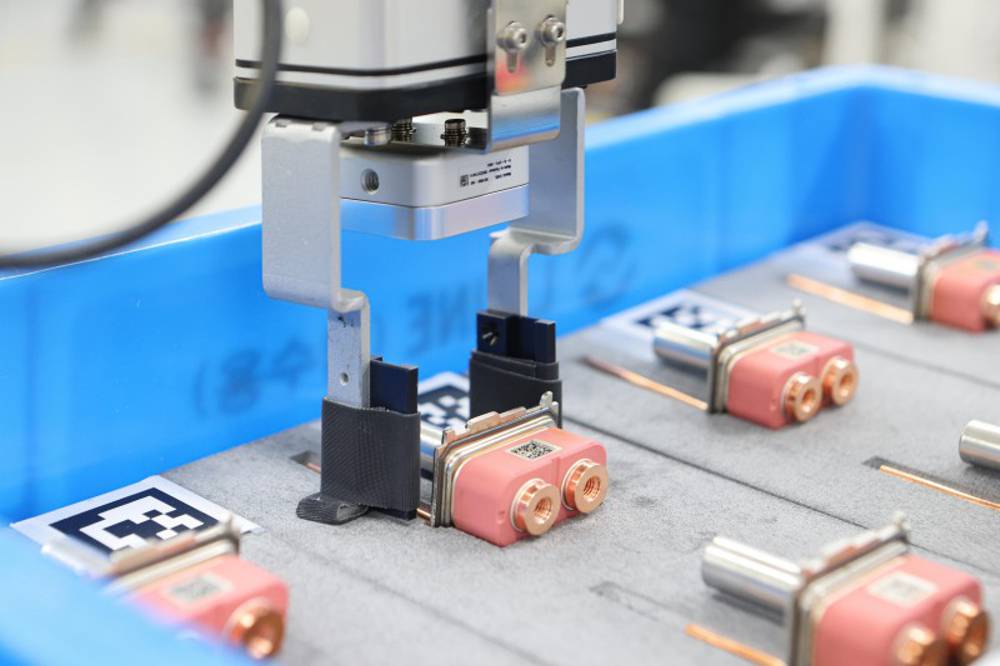
Chang-hyun Kim, head of the Department of AI Machinery of the KIMM, was quoted as saying: “For the first time in the world, we have developed intelligence specialized in robot task by combining AI technology and robot technology and applied it to an actual manufacturing site.” He added: “The technology is currently being tested in the manufacturing process of electric vehicle (EV) parts manufacturers, and the application thereof will gradually be expanded.”
Meanwhile, this research was carried out with the support of the project for the “development of core mechanical technologies for autonomous work and manufacturing,” one of the KIMM’s basic projects.








